Spain Uncharted: 11 Secret Spots
Written by Nadia Podrabinek
Hello, my name is Nadia. I usually write about traveling (there are so many places to fit all the lifestyles), relocation, and living in a foreign country (adapting to a different culture). My travels stretch beyond Spain, with journeys to the US, Italy, Norway, Portugal, and France. Relocating to Spain in 2018, I lived in cities from Barcelona to Madrid, currently calling Valencia home. Follow me on Twitter, Facebook, Instagram, or LinkedIn! ... show more
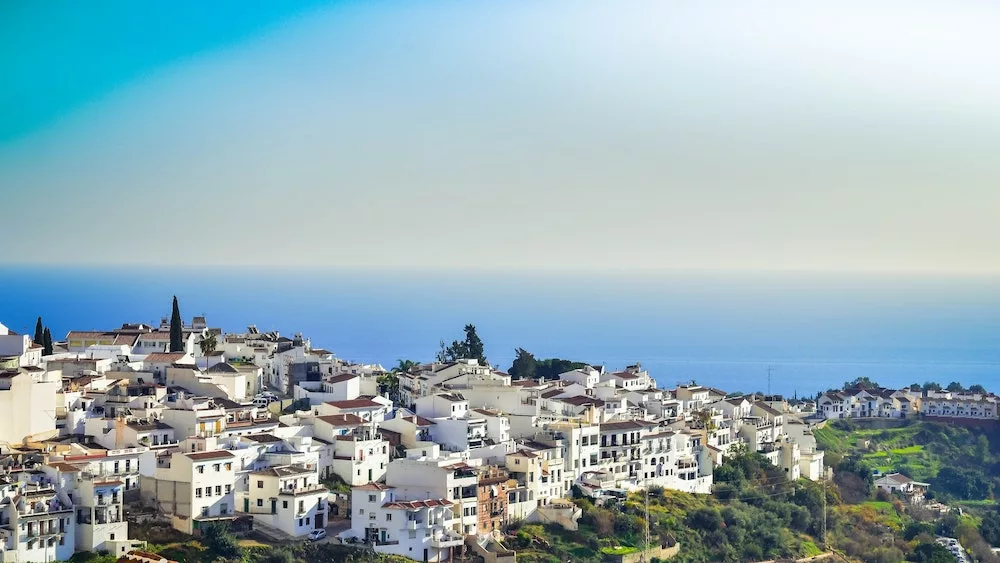
Spain is the second most visited country in the world, and it is easy to see why. Travelers flock here because of the beautiful beaches, diverse cities, villages, nature reserves, incredible food, and many other attractions.
Cities like Madrid, Barcelona, and Valencia get the most attention from the crowds, but what about hidden Spain?
Let us first agree on the definition of the “hidden gem.” The hidden gem is a lesser-known spot that is off the radar, not a tourist trap, less crowded, and worth visiting even more than many famous places. And yes, it has to be more or less accessible.
What people say on Reddit
San Sebastián is great, but you should know that it’s by no means a “hidden gem.” It’s one of the most popular cities for visiting in all of Spain, not least for its world-class culinary scene. Less crowded than Barcelona or Madrid, sure, but this is still a big city with many tourists.
break_a_bitch_neck
Had the good fortune to have business in Seville a few times a couple of years ago. It’s a great place to visit. Never had appreciated the extent to which muslim/arabic architecture had been built in that area. Some great day trips from there, particularly the Mosque-Cathedral of Córdoba. Crazy building; a giant cathedral surrounded by a mosque…or something like that. Just couldn’t get used to dinner starting so late in the evening. 😀
Joesatx
San Sebastian for sure! I loved that place. It was the only place in all of Europe I visited twice. Swimming from the beach to that jetty slide then over to the little island for a couple drinks – there’s nothing else quite like it.
simply-jake
I found the City of Figueres and in particular, the Dali Museum to be delightful. Barcelona was so pleasant to view architecture but loads of tourists in already bustling city. No other Espana experience.
furrylittleotter
So, if you agree, let’s dive into my ultimate guide to secret Spain, including all the hidden gems they won’t tell you in a Tourist Information center.
1. Rupit and Pruit, Catalonia – the medieval look
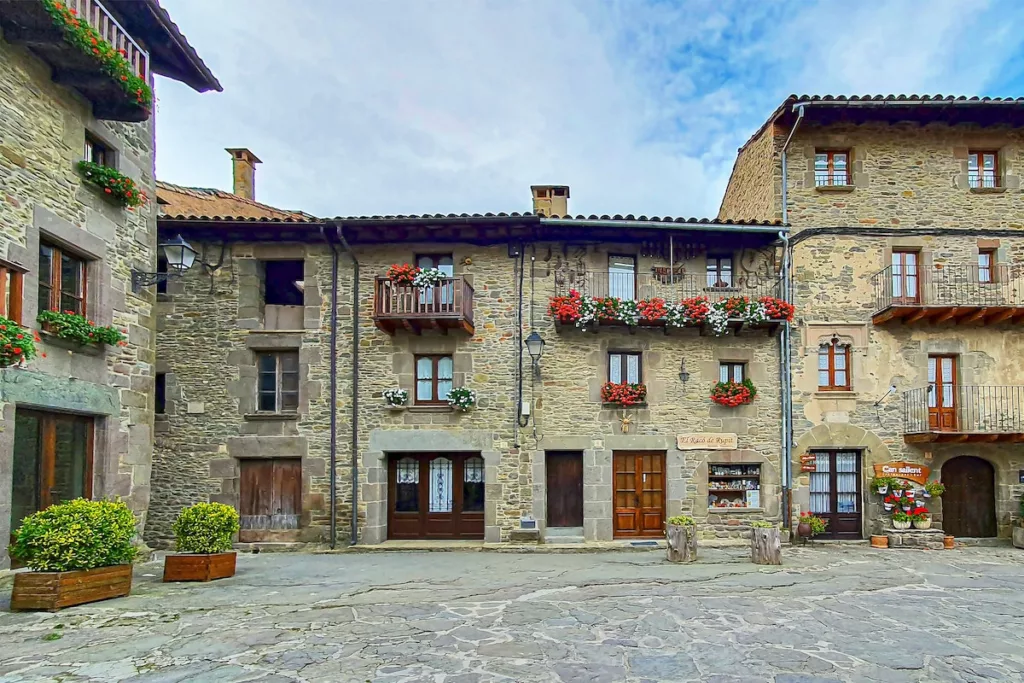
Rupit y Pruit is a small village that is completely unique even to this diverse country. This hidden gem is made up of two town centers: Rupit and Pruit, two independent villages until 1977.
Rupit is a medieval town that first came about during the 12th century when the noble elite settled here. Pruit is a much smaller village, with only about 100 permanent residents. Walking around the farmhouses of Pruit, you will be reminded of the days when your wealth and status were directly related to how much land you owned.
One of the must-do activities, when you visit Rupit and Pruit is to walk around the old town. While walking, make sure to take in the breathtaking views of the cliffs, El Montseny, and Guilleries.
Just outside of town, you will find the Salt de Sallent. This spectacular waterfall drops down more than 328 feet (100 m) and is the biggest waterfall in Catalonia.
2. Osuna, Andalusia – a Game of Thrones filming location
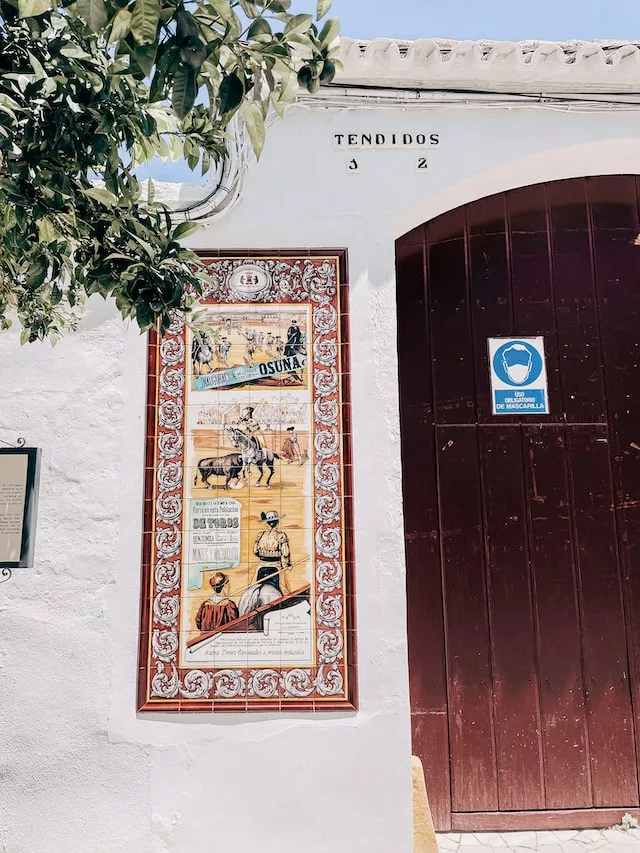
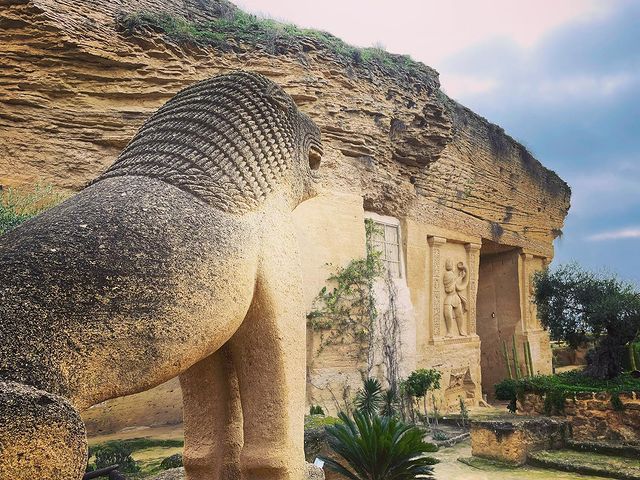
The city is perched on a hilltop and features beautiful Sevillian homes with a backdrop of the cultivated landscape. Osuna was home to dukes and duchesses, who brought along their wealth during the 16th-18th centuries.
I love walking the city streets and marveling at the stately homes and ornate buildings. And there are plenty of hidden gems in the city itself. For example, see the University of Pantheon, a masterpiece from the Renaissance, and the 16th-century Colegiata de Santa Maria de la Asuncion (Collegiate Church of Saint Mary of the Assumption).
In the heart of Osuna, you will stumble across the Plaza Mayor and see the Convent de la Conception and the Torre del Agua, both from Moorish times.
If you are a Game of Thrones fan, check out the Palace of the Marques de la Gomera. It is one of the best hotels in Osuna, and the GoT cast stayed here while filming!
Another interesting spot is the Plaza de Toros de Osuna, a historic bullfighting arena still in use today. You can also learn more about bullfighting at the Bullfighting Museum.
When it comes to dining and shopping, there are plenty of opportunities. Pick up some amazing local produce and goat cheese at Quesos Quesi and eat at Taberna Jicales for lunch.
Helpful tip See El Coto Las Canteras, a mesmerizing quarry, a Spanish Petra.
3. Laguardia, the Basque Country – the walks and wine tasting
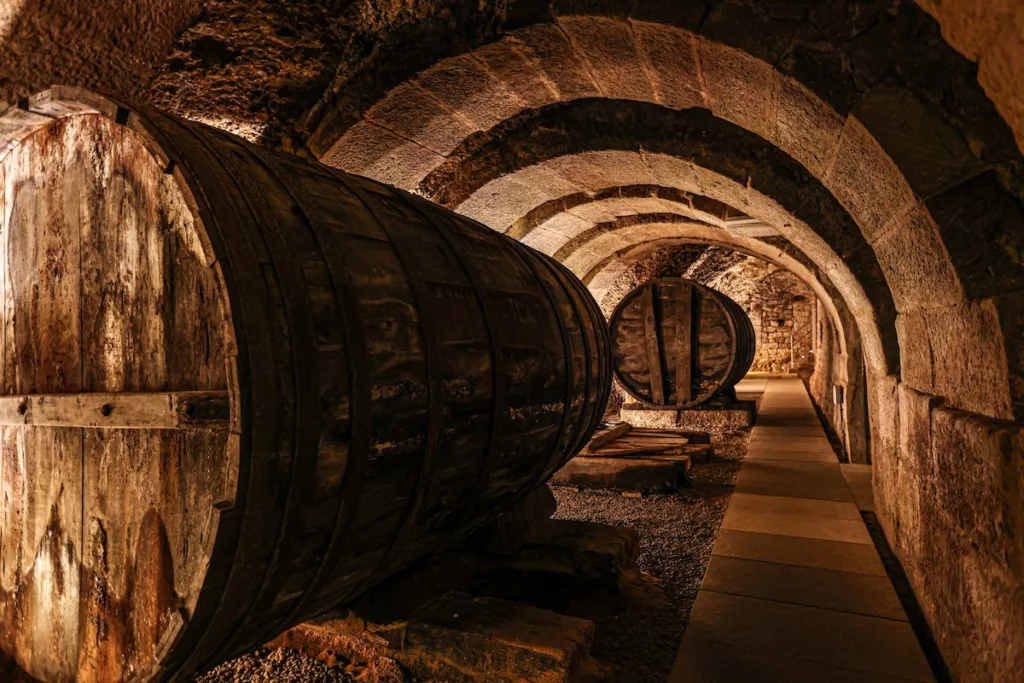
This Basque Country is probably not what you imagine when you think of hidden gems in Spain, as it sees a lot of tourists each year. However, there are still plenty of secret spots many people don’t know about, and Laguardia is one of them!
Laguardia is a picturesque village in a valley surrounded by hills and vineyards. This region is popular with wine lovers, and many homes have private wine cellars you can visit (but more on that in a bit).
This 10th-century village played an important role in defending the historic Navarra Kingdom. Today it has retained its walls and is definitely a hidden gem that I highly recommend.
You can walk along portions of the walls for some unspoiled nature views.
The Santa Maria de los Reyes church is worth visiting if you want a bit more history. This Gothic-style place of worship was constructed in the 15th century and still retains its original architecture.
When I was in Laguardia, I couldn’t get enough of the narrow streets, tall houses, and the great selection of restaurants to choose from! My favorite was the Hospederia De Los Parajes because of its old-world charm and some of the best pintxos in town (not to mention the delicious wine).
Since Laguardia was a defended settlement, the residents dug tunnels under the town to protect themselves during battles. These tunnels had the perfect climate for wine storage, so the residents had private wine cellars under their homes.
Helpful tip Visit Casa Primicia cellar (reservations needed) to see what a 1000-year-old winery looks like.
4. Hondarribia, the Basque Country
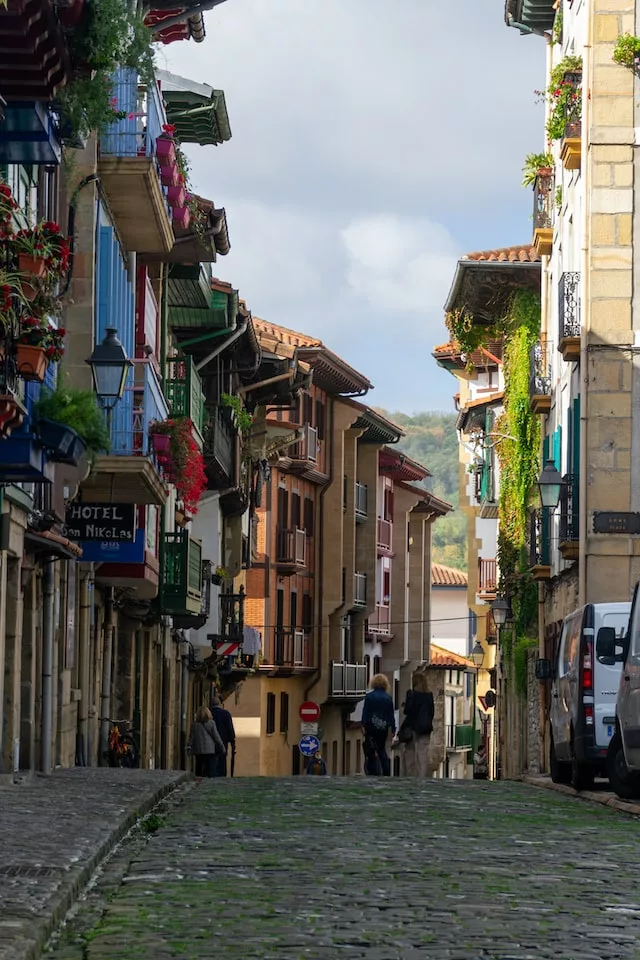
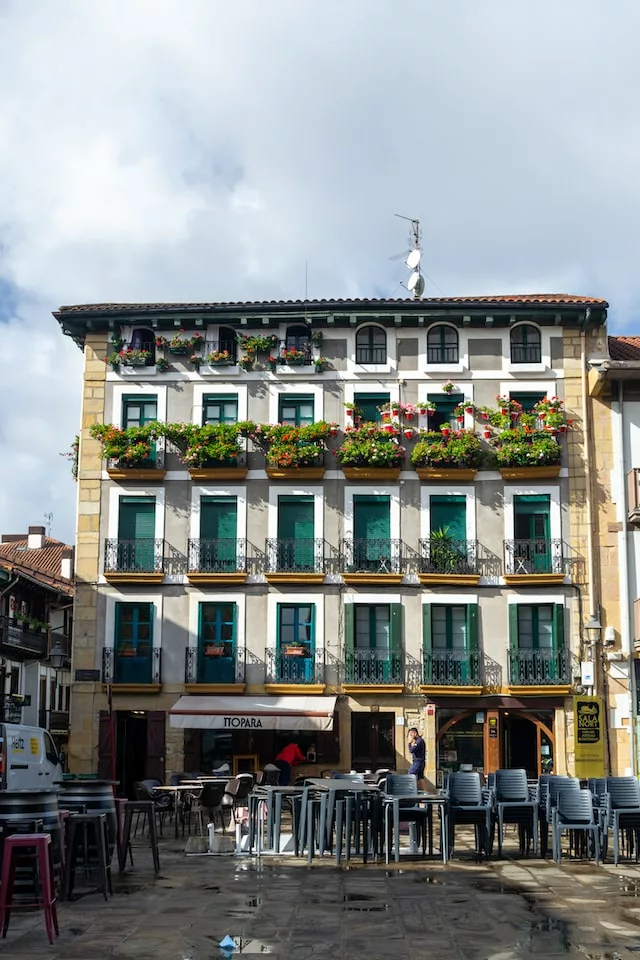
It is the most beautiful fishermen’s village, according to the unanimous opinion of Spanish people and tourists alike. Also, the world-famous pilgrimage route “Camino de Santiago” starts here.
The village is located at the mouth of the River Bidasoa, overlooking Txingudi bay, which serves as a border between France and Spain. On the other bank of the river, there is a French village, Hendaya. This proximity to France explains a lot of French speakers in Hondarribia.
Wander around the town, see a gorgeous beach and head out to the Zugarramundi Caves (a 50-minute drive that will see you crossing the French border and then back into Spain).
Read my complete guide on visiting Hondarribia, Spain
5. The White Towns of Andalusia
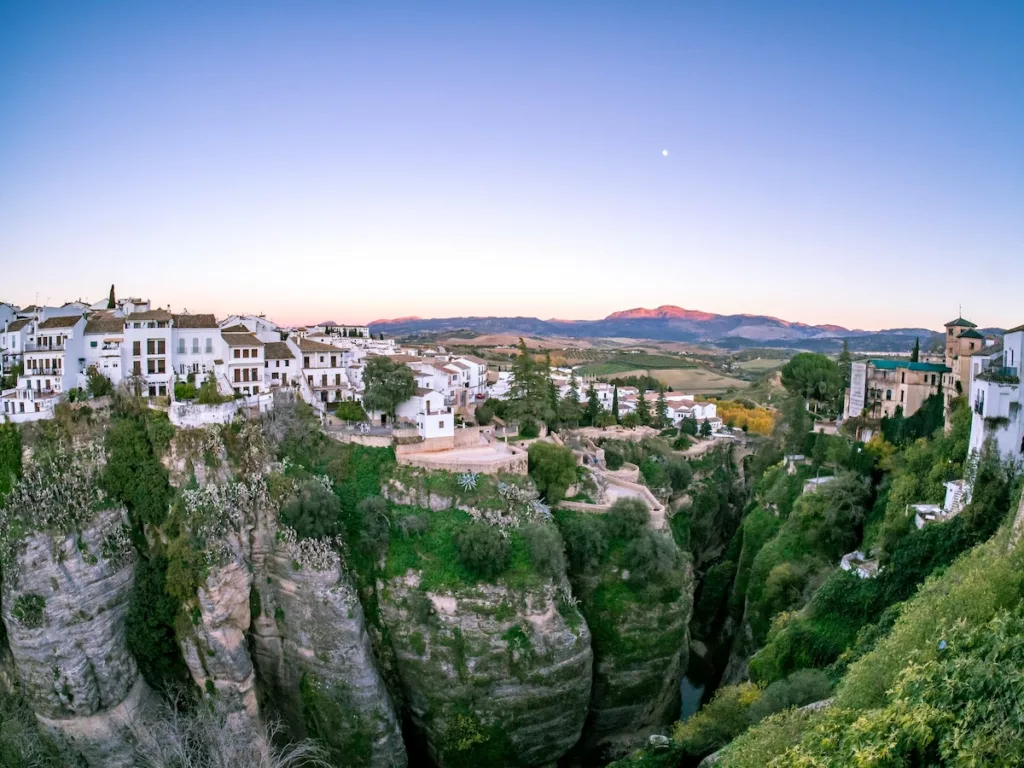
You have probably heard of Andalusia, which is not precisely one of those hidden gems in Spain, as this region is popular with local and international visitors.
But chances are, you have even heard of the White Towns of Andalusia. Or White Villages, it does not matter in Spain – there is a thin line between the concepts of small town and village, so name it whatever you want!
As it is really easy to miss some of the white “pueblos” in Andalusia, here is my list of top-6 spots to visit:
- Setenil de las Bodegas: This rocky village is definitely the most unique. Unlike many other white towns, Setenil de las Bodegas sits in a gorge, with many homes carved directly into the rockface.
- Olvera: Olvera reminds me of the fairytales I grew up with! You can see the whitewashed houses on the hill from a distance, and in the town, you will find Castillo de Olvera, an old Arab fortress.
- Zahara de la Sierra: This village is perfect if you want to take Insta-worthy photos. You will find it on a hilltop surrounded by the sparkling blue Embalse de Zahara-El Gastor reservoir. On top of the hill is the Castillo de Zahara de la Sierra – a must-see!
- Grazalema: This village is nestled amongst the mountains and has breathtaking views. Because of the high rainfall in the mountains, Grazalema is lush and green. In the town center, you will find the Nuestra Senora de la Aurora church, which was built in the 18th century.
- Arcos de la Frontera: This village acts as the western starting point of the Route of the White Villages. It may not be as spectacular as the other villages on my list, but its proximity to the Arcos Reservoir and the Guadalete River makes it a sight to behold.
- Frigiliana: In the ancient chronicles, it appears as a settlement inhabited by the Iberians in the Bronze Age (about 5,000 years ago). As the tourist boom has not affected Frigiliana like most towns on the Costa del Sol, the medieval spirit and Arab influence have been perfectly preserved there.
- Ronda: Ronda is one of the most charming villages on the White Villages Route and the most popular. Explore the walls of the Arab Medina, marvel at the many historical monuments, and dine at the local restaurants!
Read also: Things to do and see in Frigiliana
I cannot fail to mention another hidden gem of Andalusia: the Sierras de Cazorla, Segura y Las Villas Natural Park. Although there are many natural areas in Andalusia, this park has waterfalls, mountains, valleys, pine forests, and wild animals.
6. Miravet, Catalonia
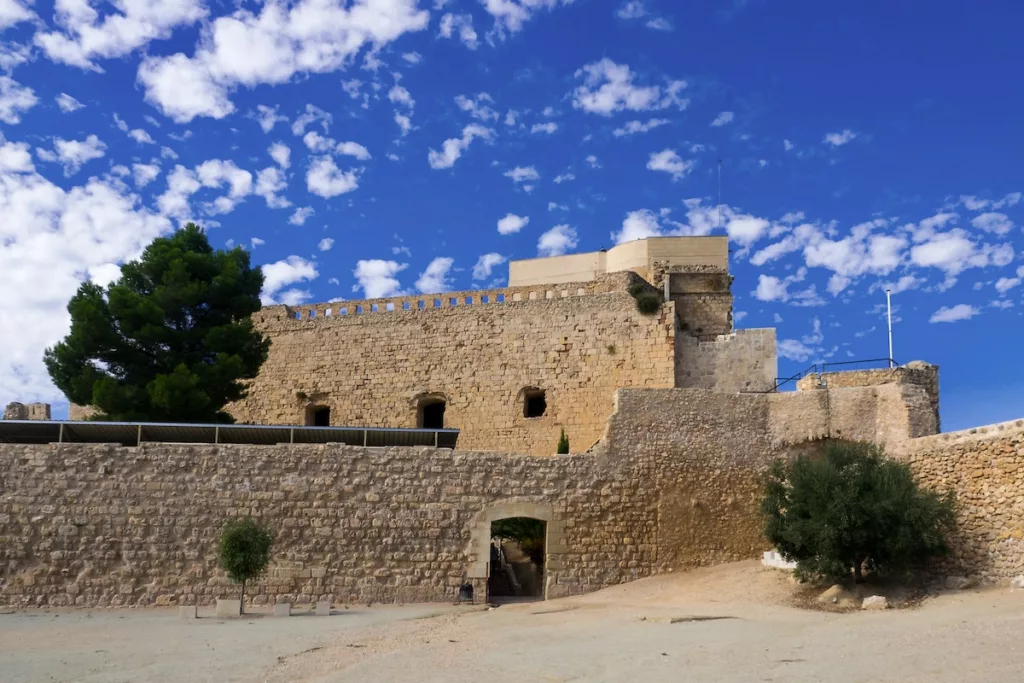
Miravet is a small village on the Ebro River. This hidden treasure sits in the shadow of the Castell de Miravet, a huge Templar castle perched on the plateau.
Miravet was established under Arab rule as a stronghold along the Christian-Muslim Frontier. The old town is on a hill just below the castle, while the modern part extends onto the plain away from the river.
Apart from the historic castle, you will also find three beautiful churches: The Iglesia de Santa Maria, the Esglesia Vella, and the Parroquia La Nativitat de Maria are all impressive architectural marvels.
In the old town, you will find pottery workshops that date back hundreds of years. I also highly recommend one of the boat trips on the Ebro river to take in the region’s natural beauty.
Read also: 17 Most Spectacular Castles in Spain
7. Morella, Valencia
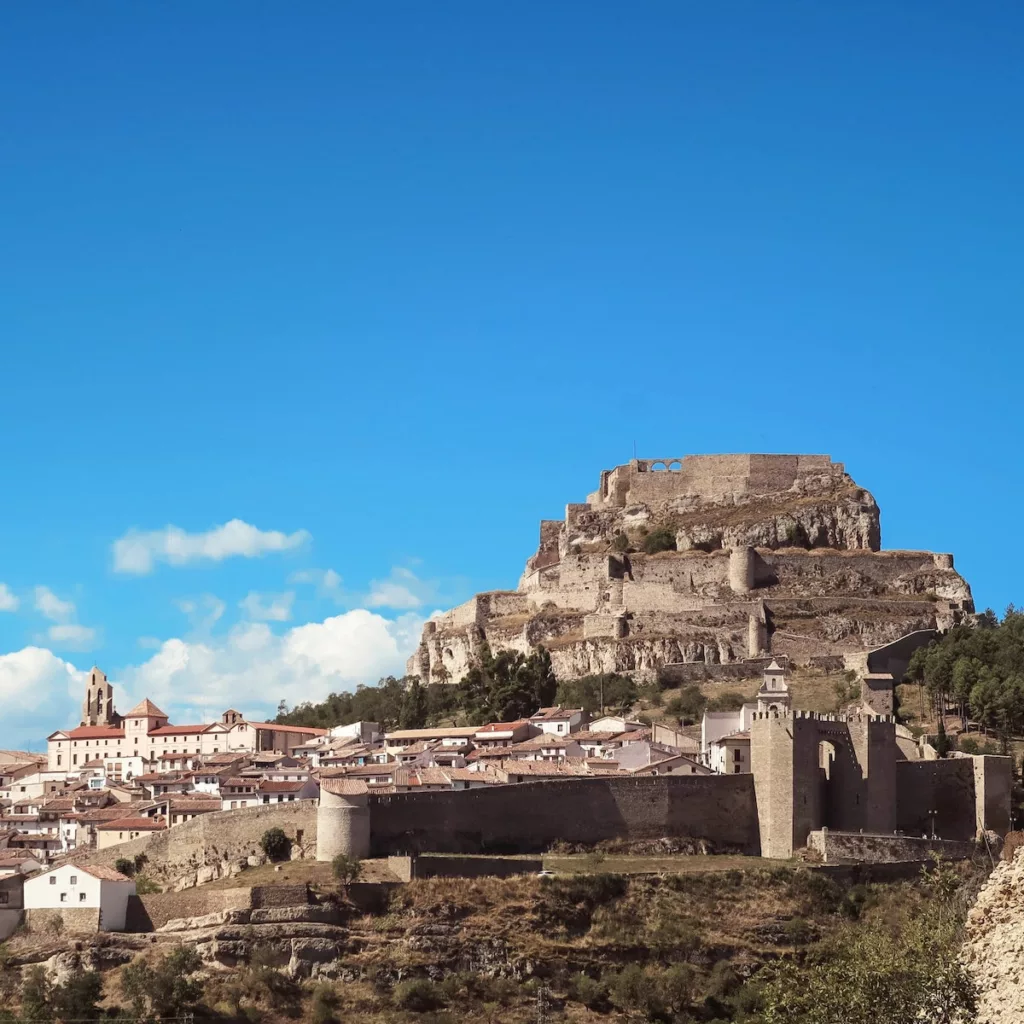
Morella is that idyllic Spanish village you would picture when you think of Spain. Approaching Morella, you will have your first “wow”-moment because of the Castell de Morella, which sits higher than any other building in town.
Morella is a combination of everything you would wish to see in a Spanish village. It boasts a majestic castle, white houses with red tile roofs, and dramatic views! I was instantly transported back in time when I walked along the cobbled streets.
Apart from the castle, the Basilic Church of Santa Maria is another historic building in town. There is also the Convent of San Francisco, which has a church, cloister, and chapterhouse. I was pleasantly surprised when I came across a Gothic wall painting dating back to the early 1400s inside the chapterhouse.
Read also: Things to do in Morella, Spain
8. Guadalest, Valencia
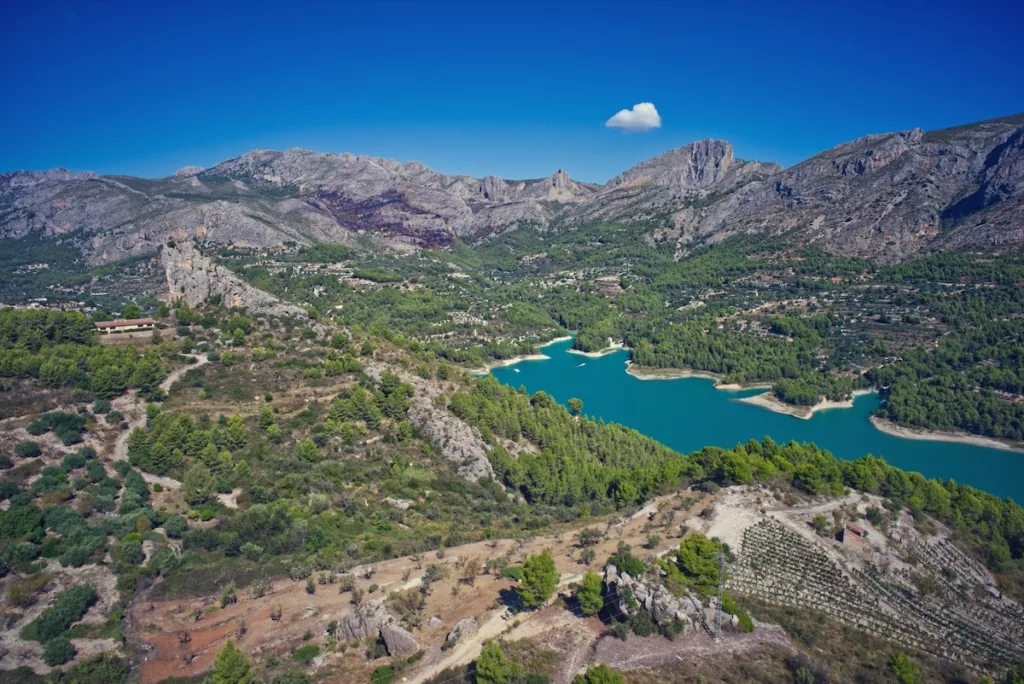
Surrounded by greenery and tall mountains lies the small village of Guadalest. The Moors established this tiny settlement in the 11th century during the Muslim era.
Guadalest is watched over by El Castell de Guadalest, an impenetrable clifftop castle constructed by the Moors. This castle has been nicknamed the Eagle’s Nest because of its location perched on a cliff.
Guadalest has not had it easy. Three severe earthquakes damaged the town, and the War of the Spanish Succession further damaged the fortress and surrounding homes.
Once the destruction of this village stopped, residents could construct the Guadelest dam on the river, which now features a scenic backdrop to the castle.
The town of Guadalest was declared a Historic and Artistic Monument in 1974, and today the economy of this village depends solely on tourism.
So, what can you do while visiting this tiny village? Well, here are some sights I saw while there:
- Visit the castle. It is the highest point in the village and also a historical centerpiece.
- Pop in to La Casa Orduna. This house, belonging to the Orduna family, was constructed in 1644 after an earthquake destroyed much of the village.
- Marvel at the Church of Our Lady of the Assumption. This church was constructed in the 18th century and has unique Baroque architecture and design.
- Relive history at the Prison. This prison was built in the 12th century and is found beneath the Town Hall.
Read also: Visiting Guadalest valley, Spain
9. Cardona, Catalonia
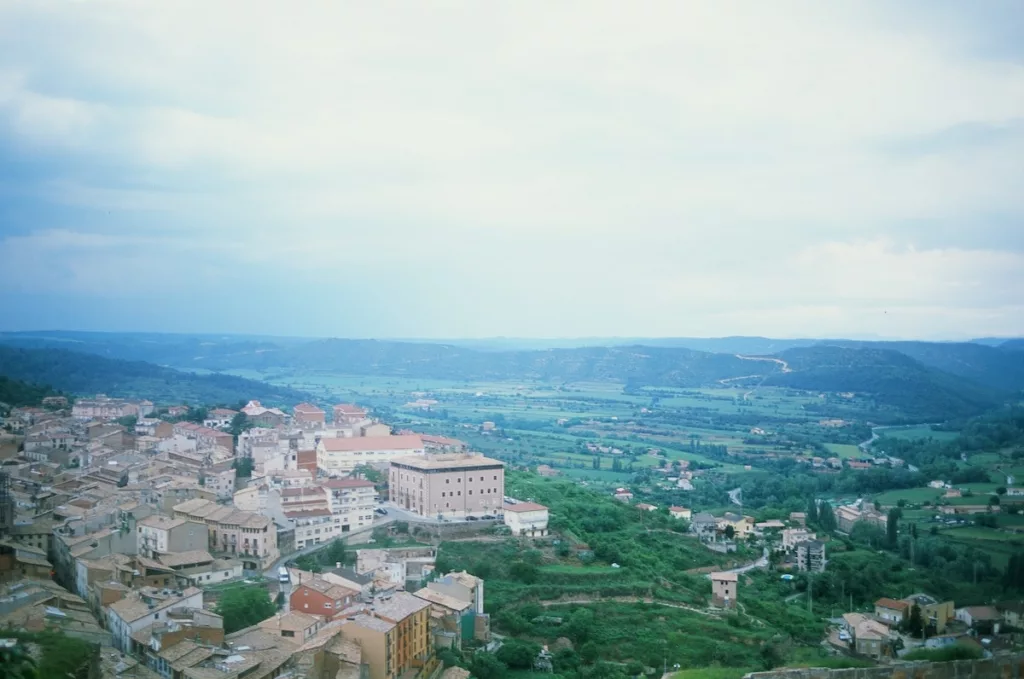
Cardona is a quaint village located on the banks of the El Cardener River.
This area is listed on the Catalan Plan for Areas of Natural Interest, and it is easy to see why as you approach the town. The Salt Mountain with the Castle of Cardona is a sight to see!
Apart from the castle, you can meander around the Old Town. This medieval walled village features Gothic infrastructure and lots of historic buildings.
Cardona also has an annual running of the bulls celebration called correbou, which celebrates the village’s patron saint.
There is also no shortage of churches in Cardona. The Church of Saint Vicenç features jaw-dropping architecture, while the Esglesia de Sant Miquel has intricate interiors.
10. Calella de Palafrugell, Costa Brava
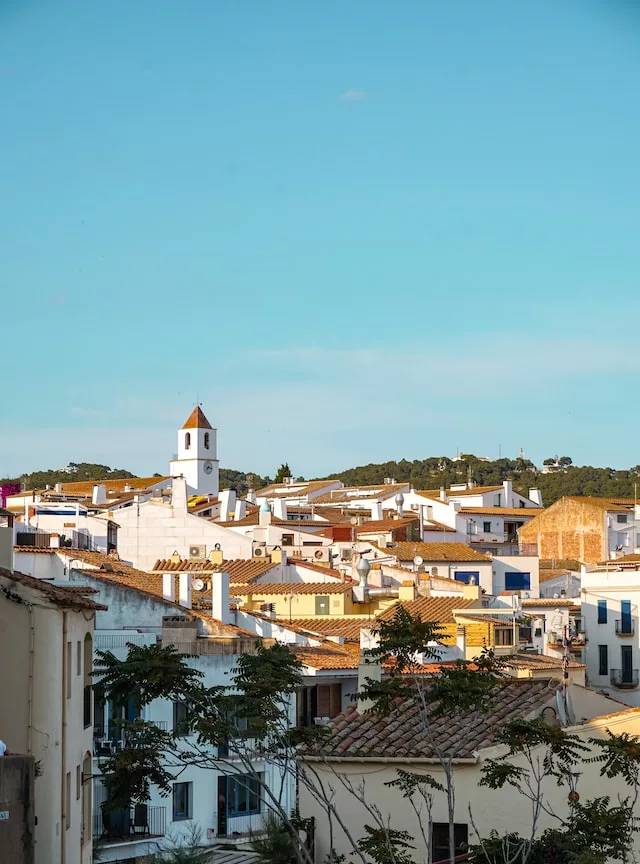
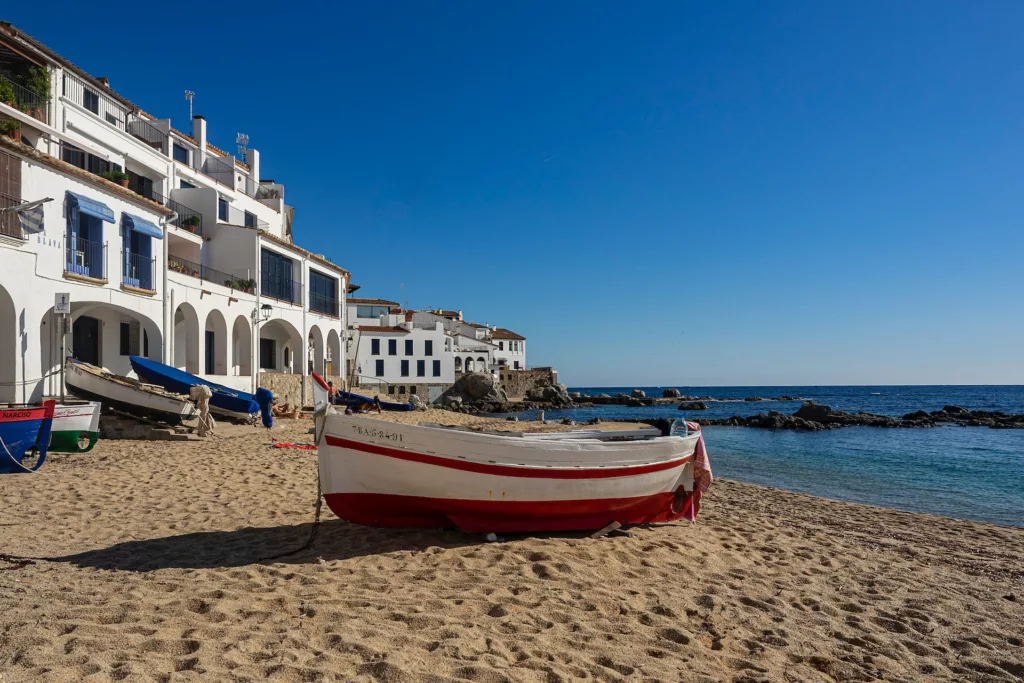
Calella de Palafrugell is a small fishermen’s town located in the Catalan province of Girona, on the Costa Brava in northeastern Spain. It is known for its beautiful beaches and coves, including Llafranc, Tamariu, Aiguablava, and Illa Roja.
The village is also home to many museums and galleries, such as the Museum of Art of Calella de Palafrugell, the Maritime Museum of Calella de Palafrugell, and the Museum of Art in the city of Palafrugell.
Costa Brava has been modernized over the years, but Calella de Palafrugell retains its old-school feel and has not been affected by touristic crowds.
Explore the surroundings on Camino de la Ronda, a winding path that stretches along the coast and offers breathtaking views of the Mediterranean Sea. It is a popular destination for hikers, cyclists, and other outdoorsy people.
Previously, the Camino de la Ronda was part of a historic pilgrimage route. Along the way, there are several points of interest, such as the Cap Roig lighthouse, the ruins of the medieval castle of Montgrí, and the old Roman remains of Empúries.
Camino de la Ronda is an excellent way to experience the beauty of the Costa Brava. The path is suitable for all ages and abilities, making it the perfect choice for a family day out.
11. Huesca, Aragon
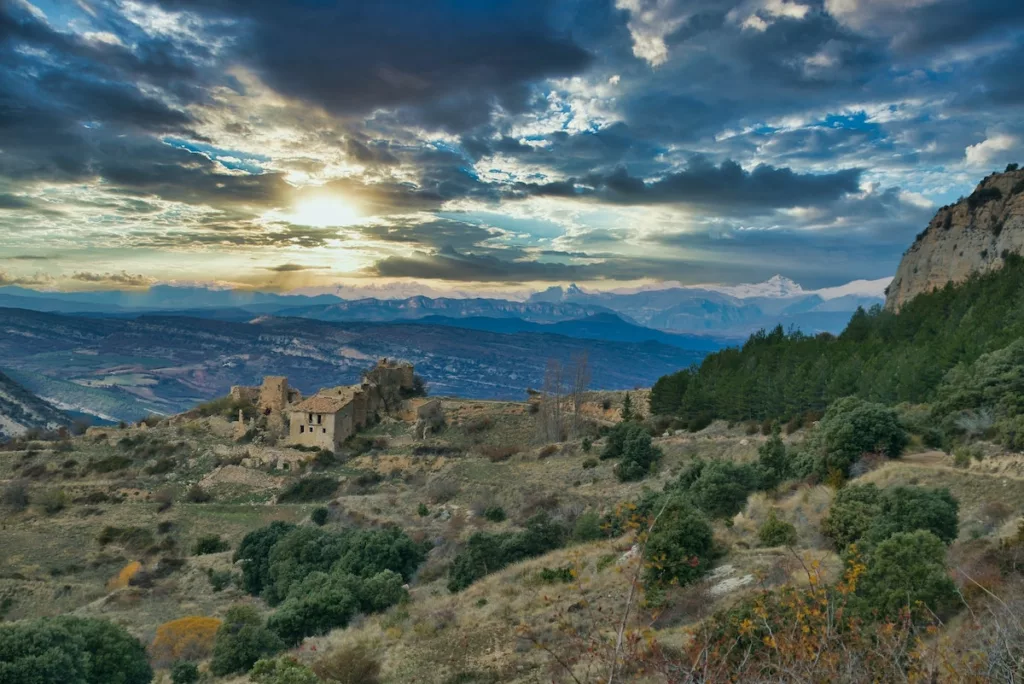
Huesca is a lovely place surrounded by mountains and lush vegetation. The key takeaways:
- Charming traditional architecture.
- Church of San Pedro El Viejo.
- Excellent local cuisine. Try Migas a la Pastora (meat, sausage, and breadcrumbs), Huesca garlic soup, and tortetas (sweet black pudding patties).
- Stunning landscapes.
You can also visit the nearby natural parks, like Monte Perdido National Park.
If you are feeling up to it, the majestic Pyrenees Mountains are a 3-hour drive to the north, but certainly worth it!
Frequently Asked Questions
The best months to visit Spain are March to May (spring) or September to November (fall). Fewer tourists are around these months, and the weather is mild.
I recommend at least seven days, allowing you time to check out a few hidden gems on my list!
Conclusion
When you think of Spain, you probably visualize the popular tourist attractions, like Barcelona’s beaches and Gaudi’s architecture, the imperial streets of Madrid, or even hanging houses in Cuenca.
In this post, I have shared a friendly reminder that there are a lot of off-the-radar places in Spain you should visit to get the most authentic experience possible. Give it a try, and let me know in the comments below!
